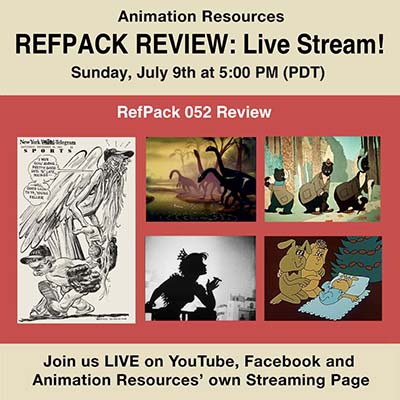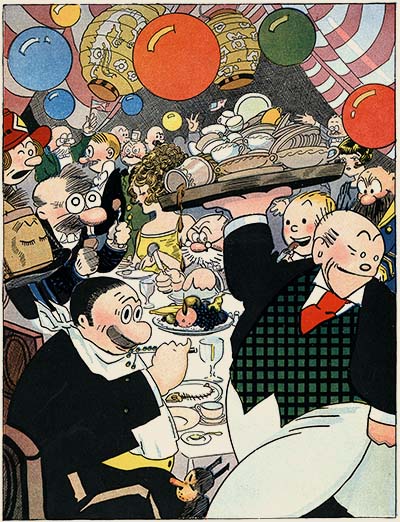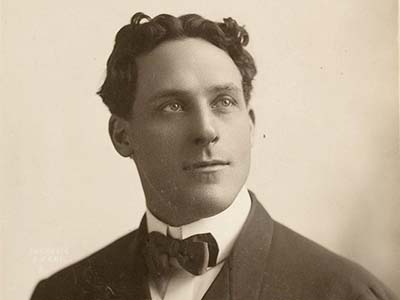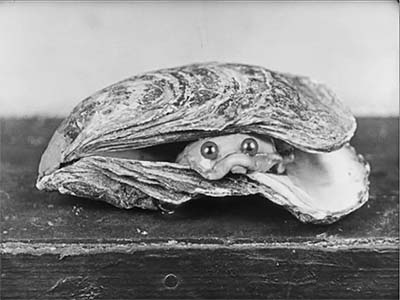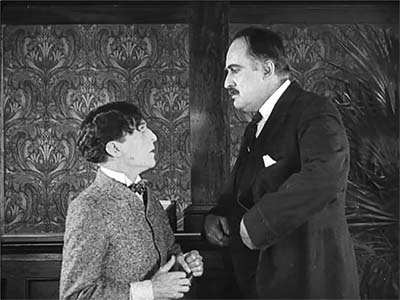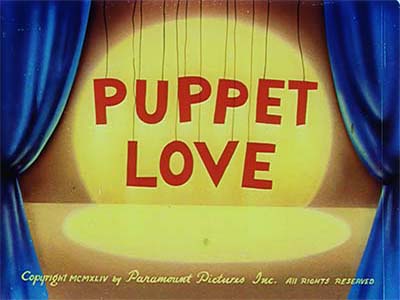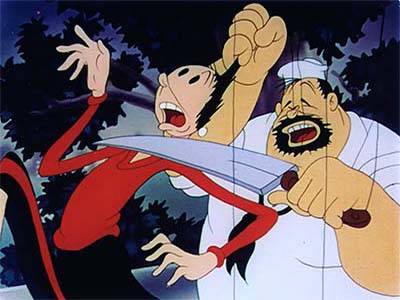People who aren’t members of Animation Resources don’t understand how comprehensive our Reference Packs are. Over a couple of weeks, we are posting what each section of our current RefPack looks like. Today we are sharing the Early Anime section. If you are a member of Animation Resources, click on this post to go to the Members Only page. If you aren’t a member yet, today is the perfect time to join! Our current Reference Pack is one of our best yet, and General and Student Members get access to a special Bonus Archive with even more material from past Reference Packs.
What are you waiting for?

JOIN TODAY!
https://animationresources.org/membership/levels/
MEMBERS LOGIN To Download
JOIN TODAY To Access Members Only Content

Lately, Animation Resources board member JoJo Baptista has been researching the early history of Japanese animation. He has searched out video copies of 1960s anime to add to our Animation Archive. Over the past year, he has accumulated hundreds of hours of rare television programs. We will be will be sharing some of them with you in our Reference Packs. Our members have asked us to share complete films and publications with them, not excerpts, so we will be sharing complete half hour episodes with you. We don’t claim that everything here is great. But there are great bits. You can sift through them and discover the gems for yourself.
SD VIDEO:

Big X

Curated by JoJo Baptista

Eps. 41 & 50 / TMS, Osamu Tezuka (1964)
Download this article
Big X was created by Osamu Tezuka, and it was the first television series produced by TMS (Tokyo Movie Shinsha). It debuted on August 3rd, 1964 and 59 episodes were made, of which only 22 survive. The story involves a Nazi secret weapon that is smuggled out of Germany by surgically implanting a card with the formula inscribed on it into a young man named Shigeru. Years later, Shigeru is living in Tokyo. The card is discovered in his body and is removed. Nazi sympathizers steal the card, and a serum from the formula is made by the grandson of a Nazi scientist. It turns out to be a drug that turns a man into a giant. Shigeru’s son Akira recovers the drug and uses it to fight various evil doers and monsters.
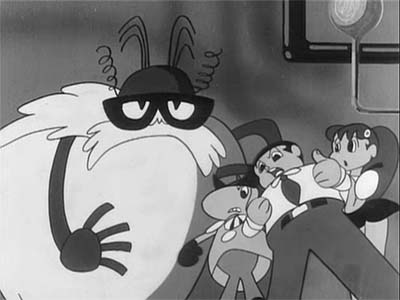
Big X was one of the very first television cartoons made in Japan. The process hadn’t been established yet and it shows in this show. The staging from scene to scene is completely random. A downshot will be followed by an upshot, characters face left in one shot and right in the next, perspective is off with the character level in a completely different plane than the background, lipsync consists of randomly exposed “gum chewing” cycles that aren’t always lined up to the beginning or end of the dialogue, and there are reuse scenes and camera errors everywhere. There’s absolutely no direction or context to anything that happens on the screen in Big X.
MEMBERS LOGIN To Download
JOIN TODAY To Access Members Only Content
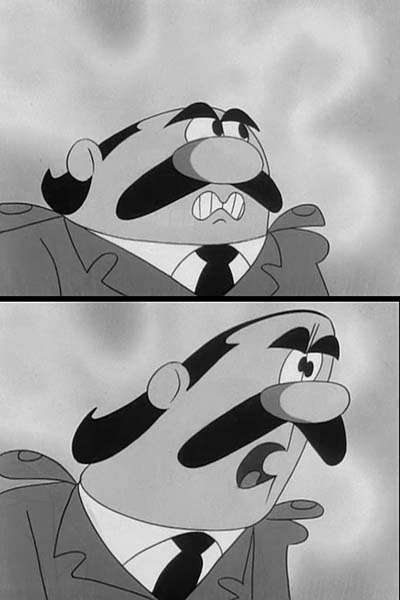
But although there isn’t anything in this show to learn in the way of technique, it does a good job of what it intends to do… give kids a half hour of weird fun. While Tezuka’s manga is plot heavy, the animated adaptation is almost completely without continuity. It resembles early Van Beuren cartoons in that it appears to have not been storyboarded. Sequences must have been handed out to animators to do whatever they want with. Every animator seems to have his own idea of what kind of show they were making, and styles vary from cut to cut. These styles have considerable appeal, and randomly juggled throughout the half hour, at least they give everyone something to like.

Not everything is poorly drawn though. In episode 41, there are several scenes of the main character that are animated volumetrically in good perspective (see the scene that starts at 21:27.) There are also character designs that are drawn in a very funny style (see 02:39, 06:18, 08:44). These designs are even animated funny (10:03, 18:09).
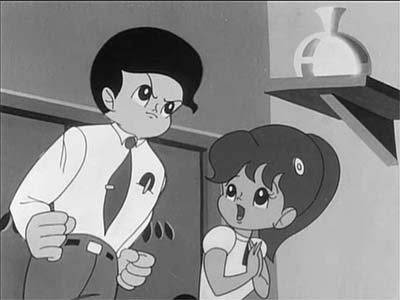
MEMBERS LOGIN To Download
JOIN TODAY To Access Members Only Content
Episode 50 starts out with a sequence that seems to be influenced by UPA’s Mr. Magoo feature, 1001 Arabian Nights. There’s another strange perspective shot and a very odd walk cycle at 03:24. At 07:21 the whole cartoon shifts to a parody (?) of Disney, along with lots of random cuts that don’t play out long enough or hook up with each other. At 12:59 there’s a funny sequence with squirrels (or are they monkeys?) At 17:58 there is a dragon lifted straight out of Sleeping Beauty.
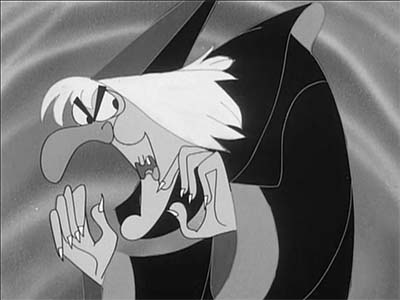
The individual moments succeed in sustaining audience interest, but don’t look for context or putting across character’s personalities or a story here. If I had to pick one word to describe this show, it’s “slapdash”. But there’s enough enthusiasm and fun to make it sort of worthwhile. The animators on this series had lots of big ideas without the experience nor the resources to pull them off. But they take a valiant stab at it and create something fun, even if it is primitive and random. The fact that the main character pokes himself with a hypodermic needle in the title sequence pretty much guarantees this series won’t be re-run ever again.
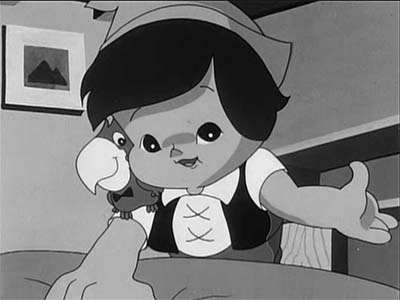
I’ll have more early Japanese TV series to share with you in our next Reference Pack.
REFPACK051: Big X Ep. 41

MP4 Video File / SD / 25:55 / 186 MB Download
REFPACK051: Big X Ep. 50

MP4 Video File / SD / 25:56 / 217 MB Download
MEMBERS LOGIN To Download
JOIN TODAY To Access Members Only Content
Animation Resources is one of the best kept secrets in the world of cartooning. Every month, we sponsor a program of interest to artists, and every other month, we share a book and up to an hour of rare animation with our members. If you are a creative person interested in the fields of animation, cartooning or illustration, you should be a member of Animation Resources!
It’s easy to join Animation Resources. Just click on this link and you can sign up right now online…
JOIN TODAY!
https://animationresources.org/membership/levels/

 Animation Resources depends on your contributions to support its projects. Even if you can’t afford to join our group right now, please click the button below to donate whatever you can afford using PayPal.
Animation Resources depends on your contributions to support its projects. Even if you can’t afford to join our group right now, please click the button below to donate whatever you can afford using PayPal.









 by
by 

![]()
![]()
![]() Animation Resources depends on your contributions to support its projects. Even if you can’t afford to join our group right now, please click the button below to donate whatever you can afford using PayPal.
Animation Resources depends on your contributions to support its projects. Even if you can’t afford to join our group right now, please click the button below to donate whatever you can afford using PayPal.













